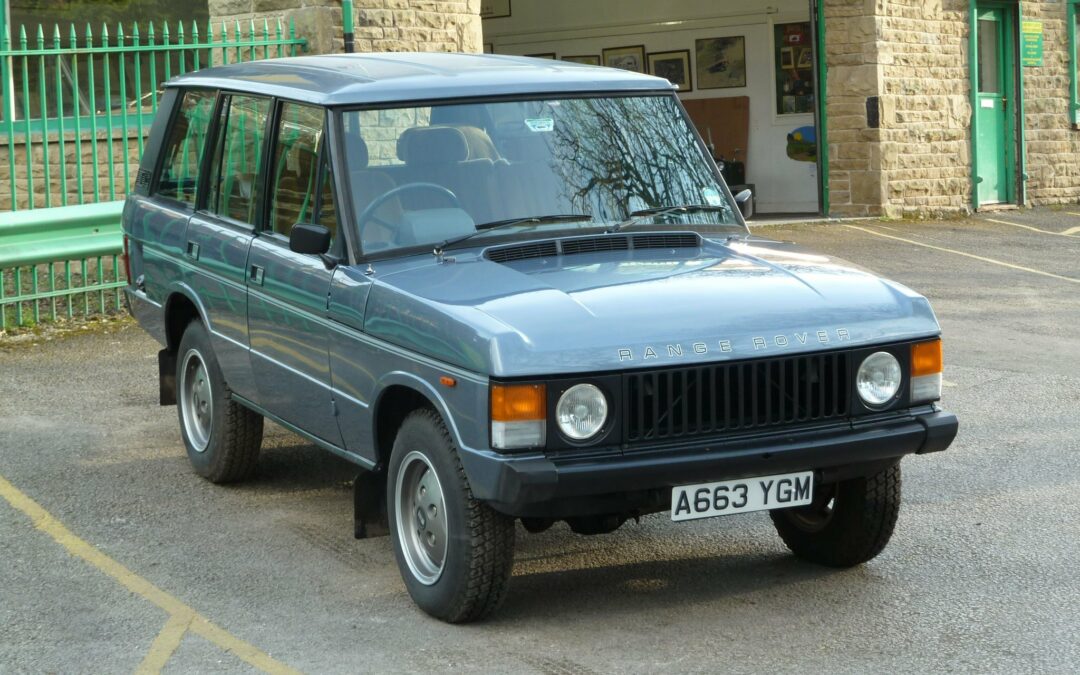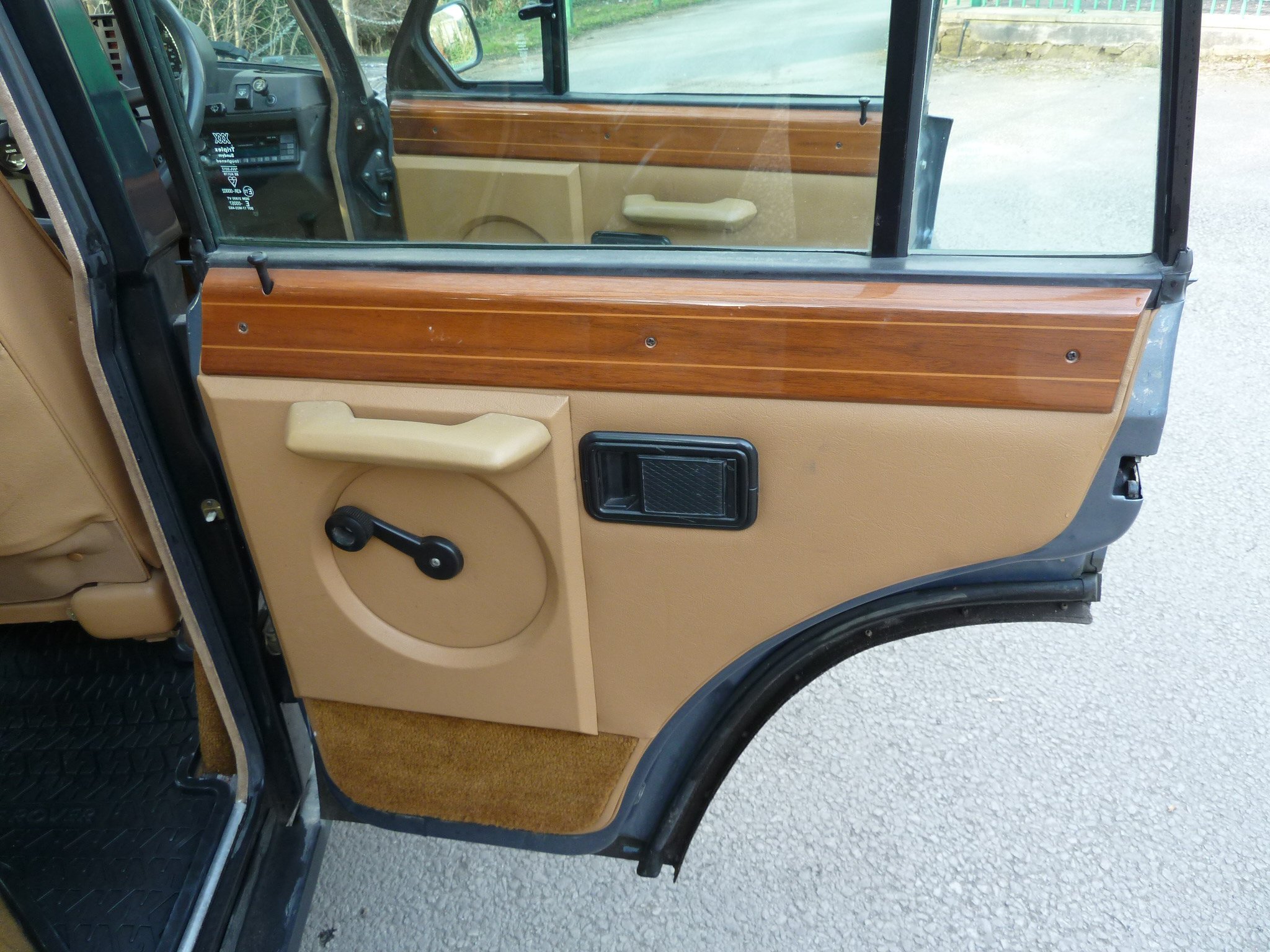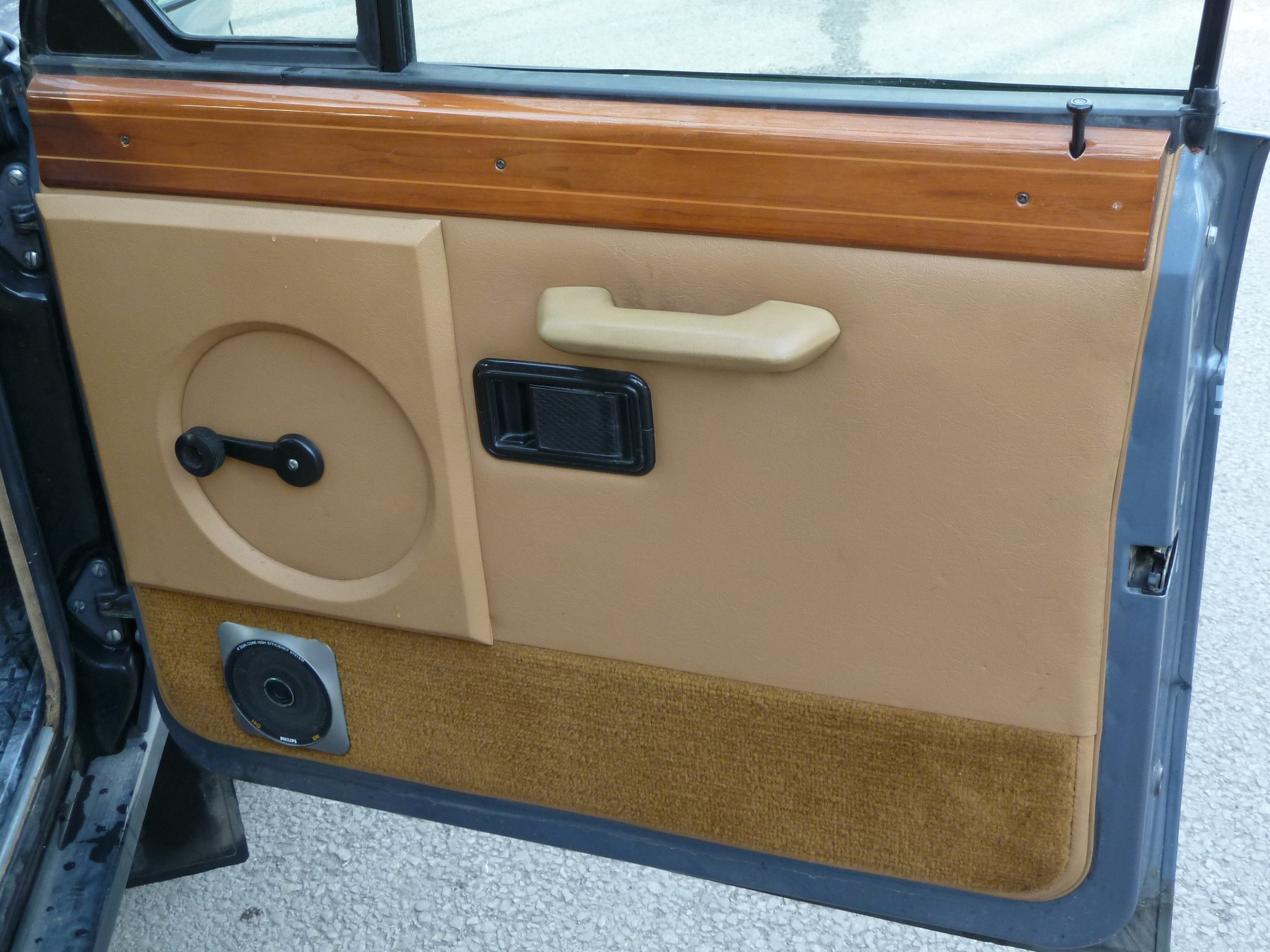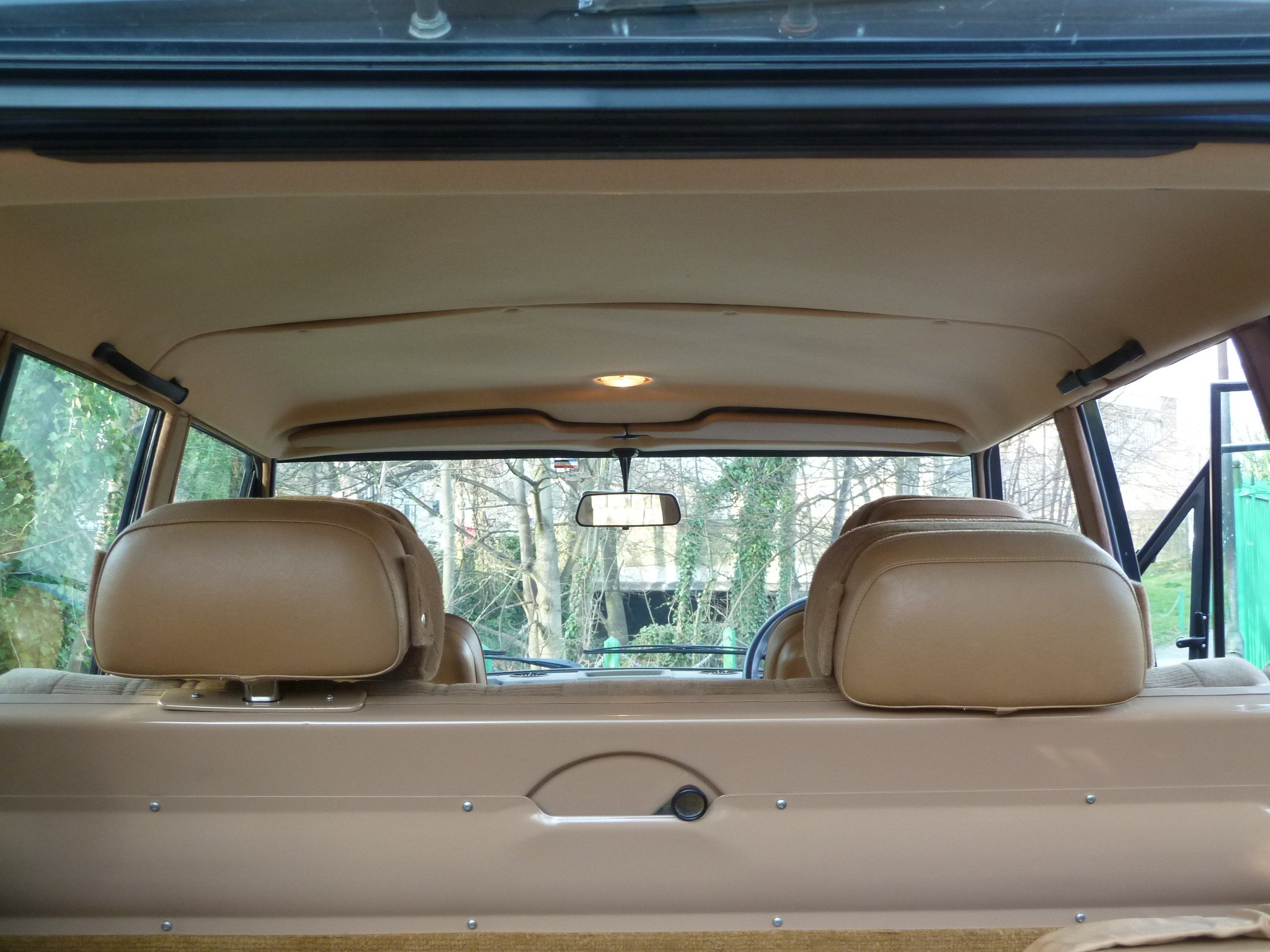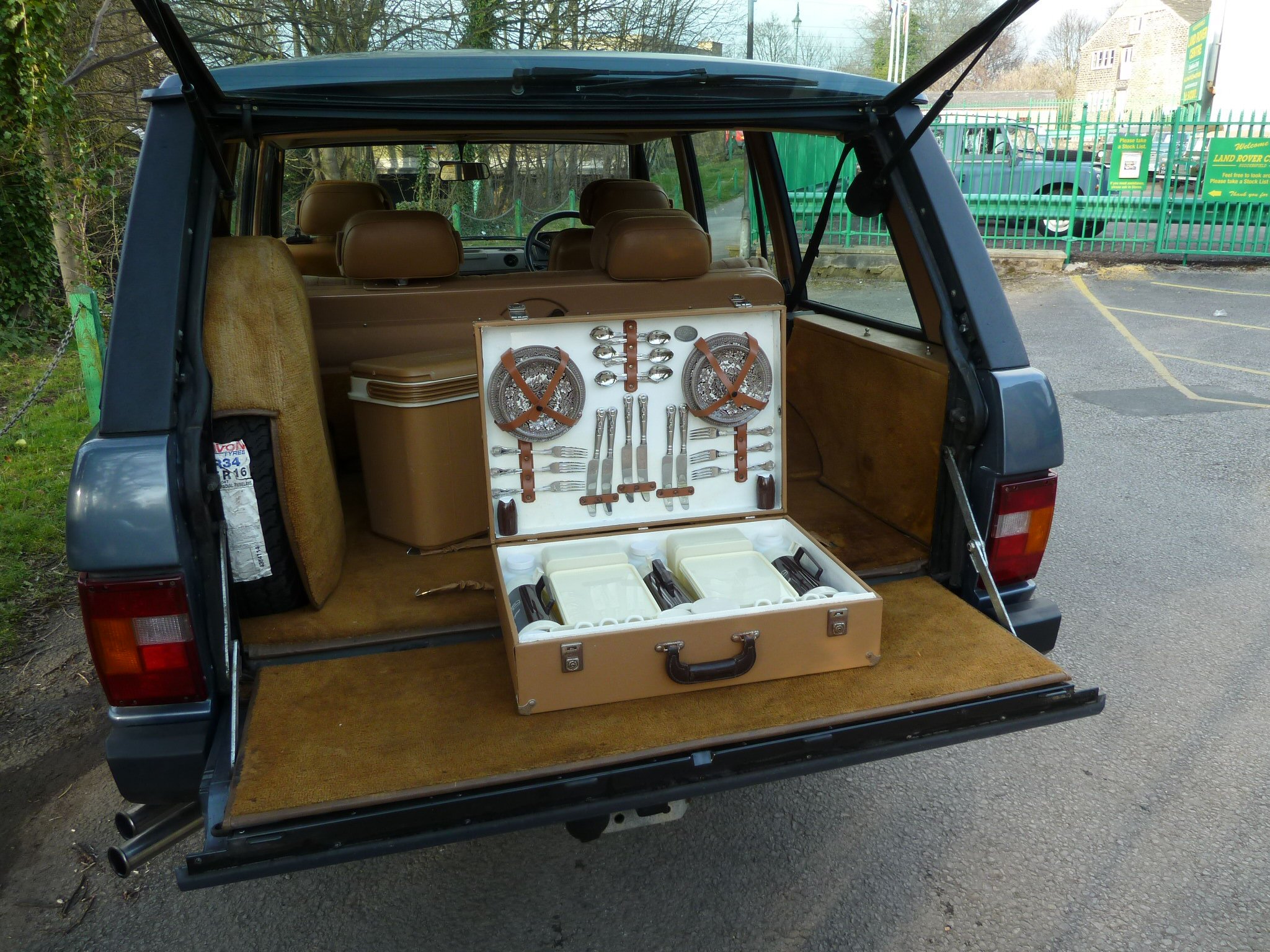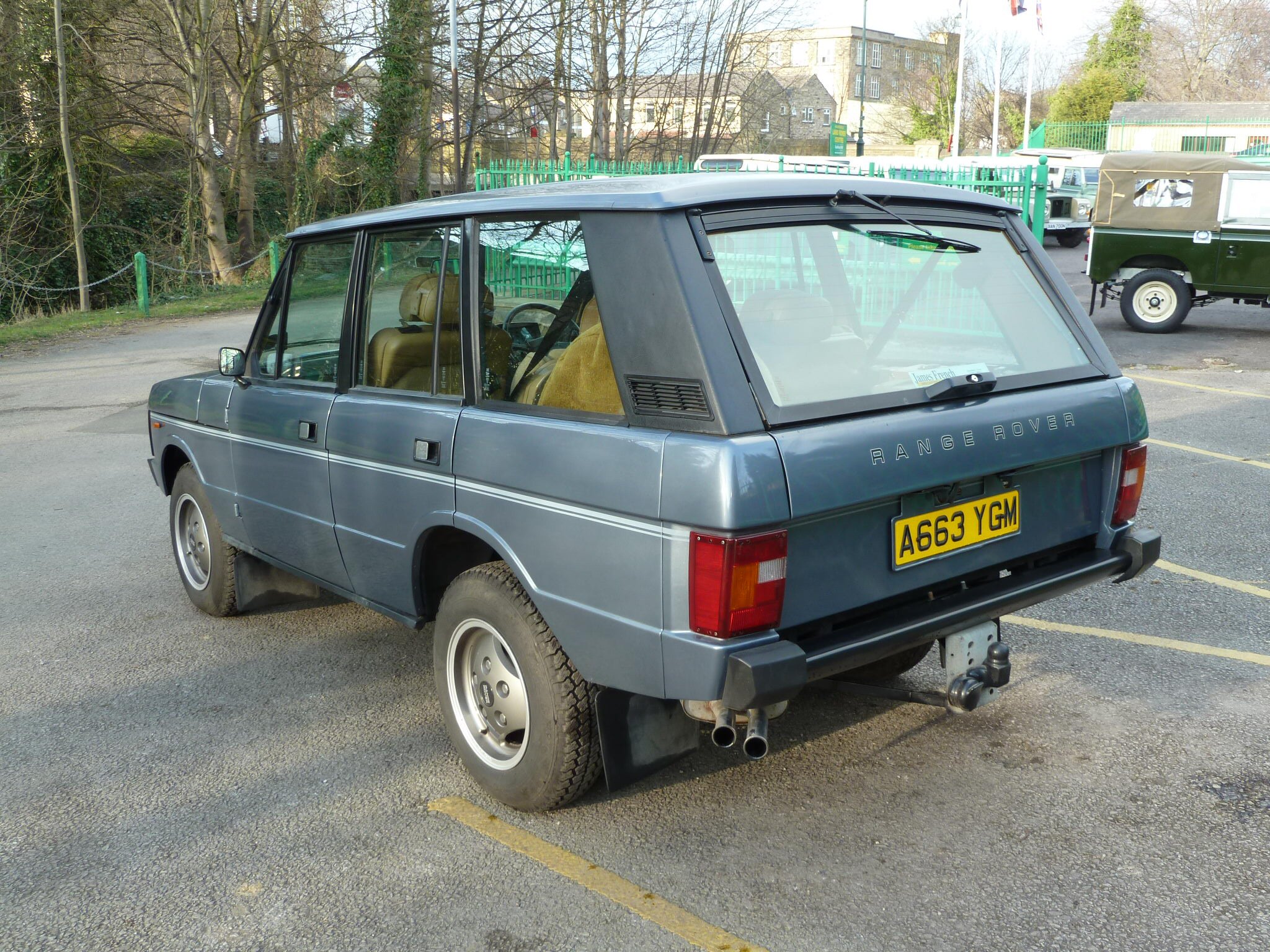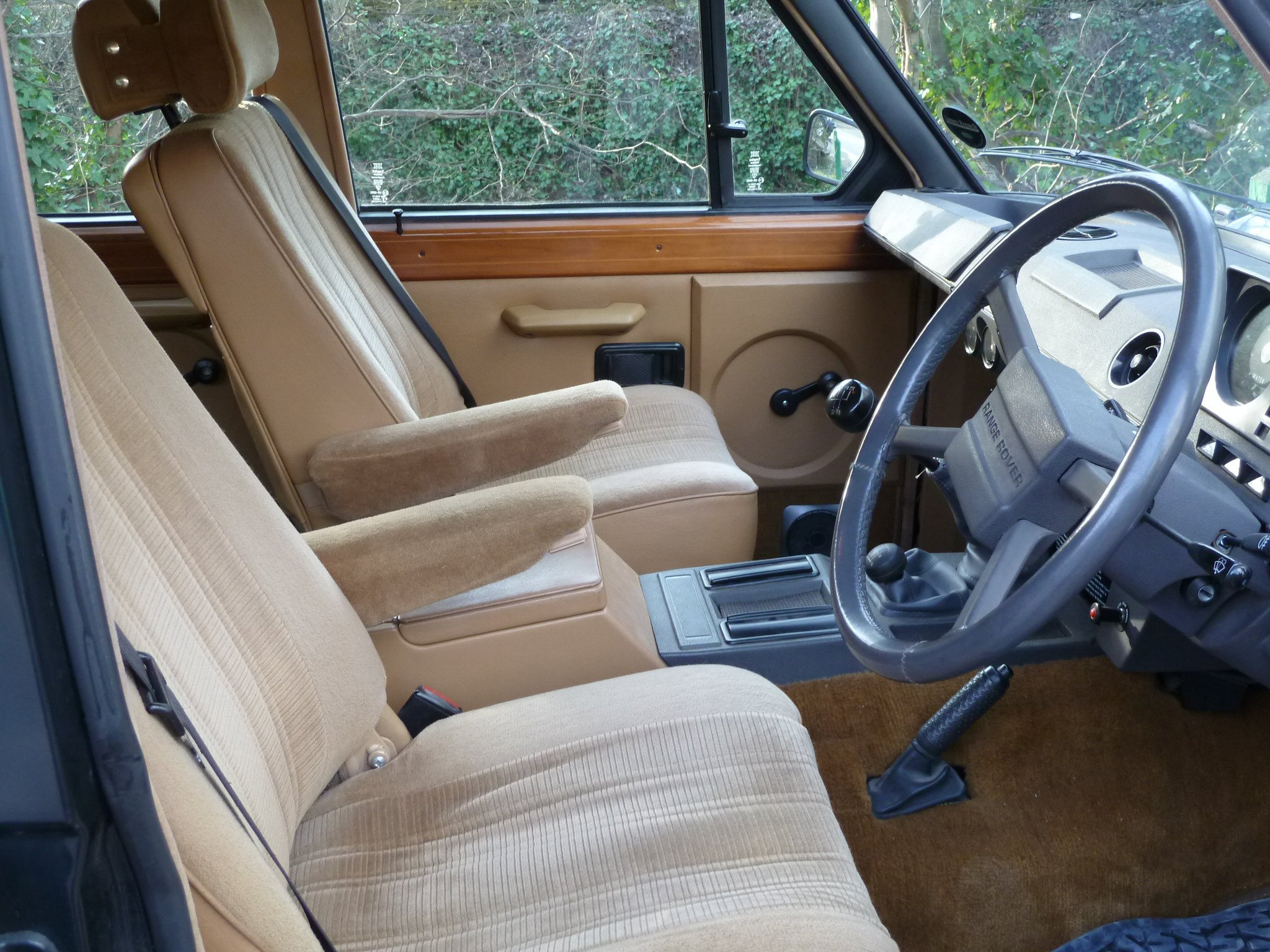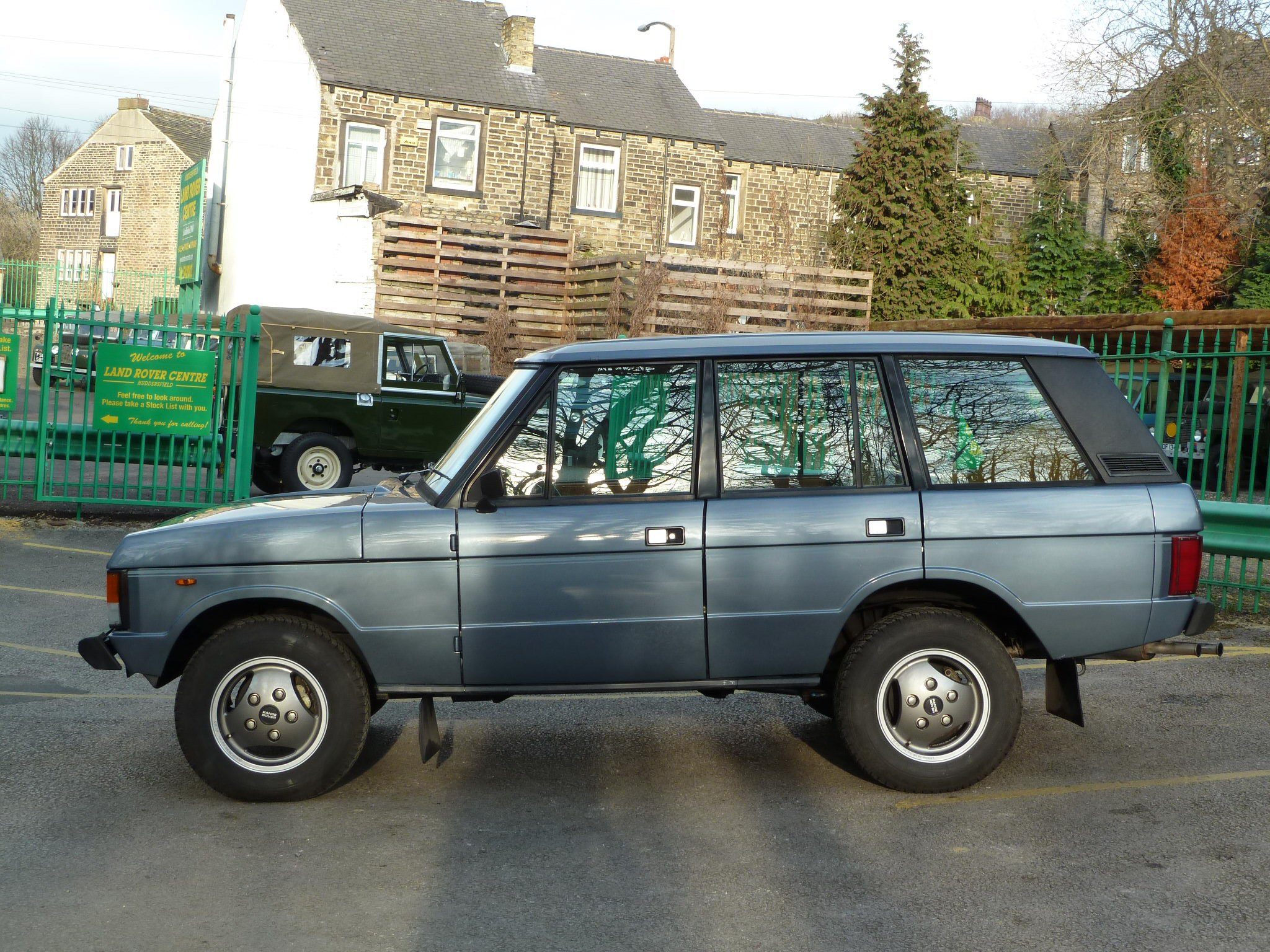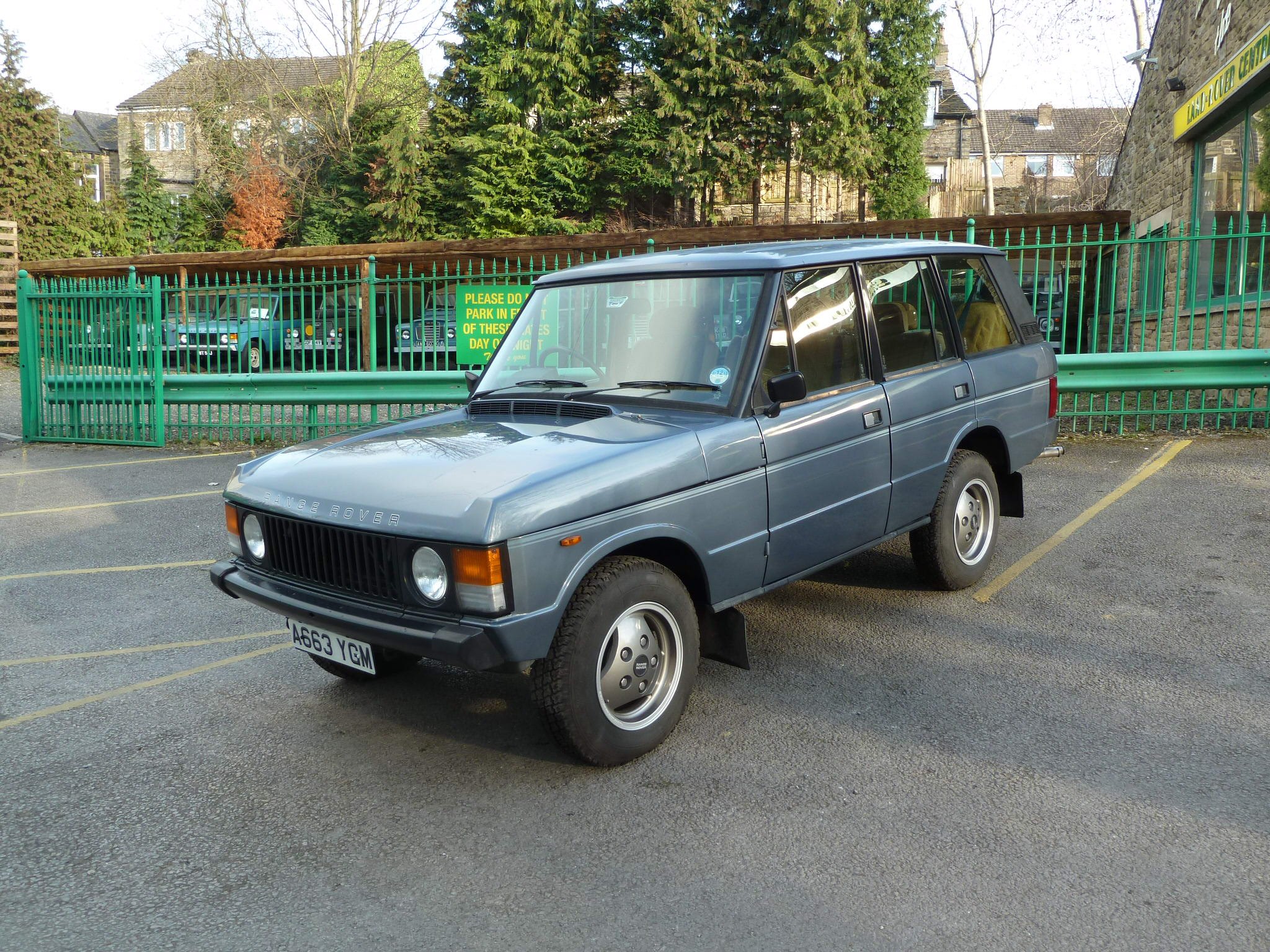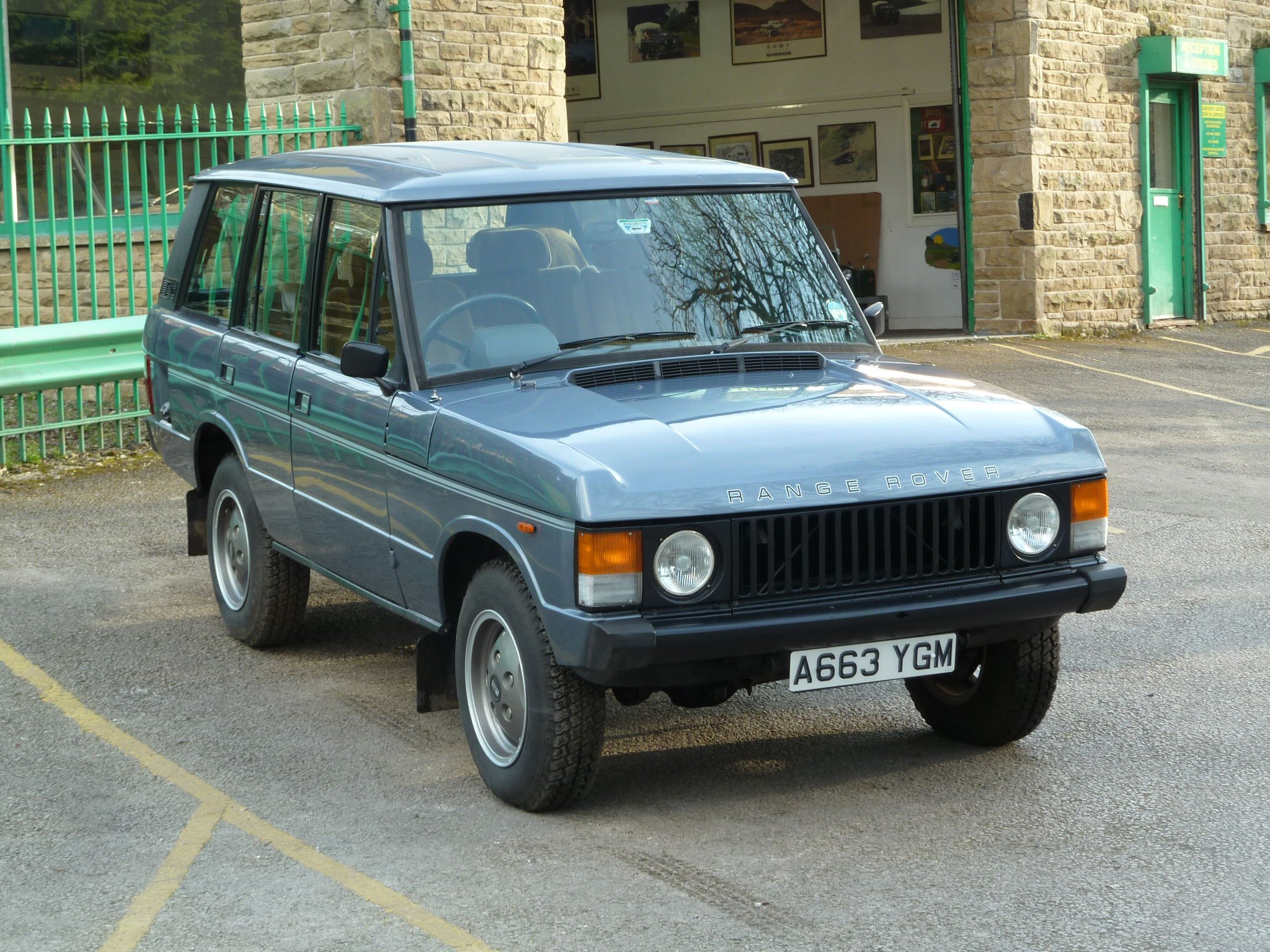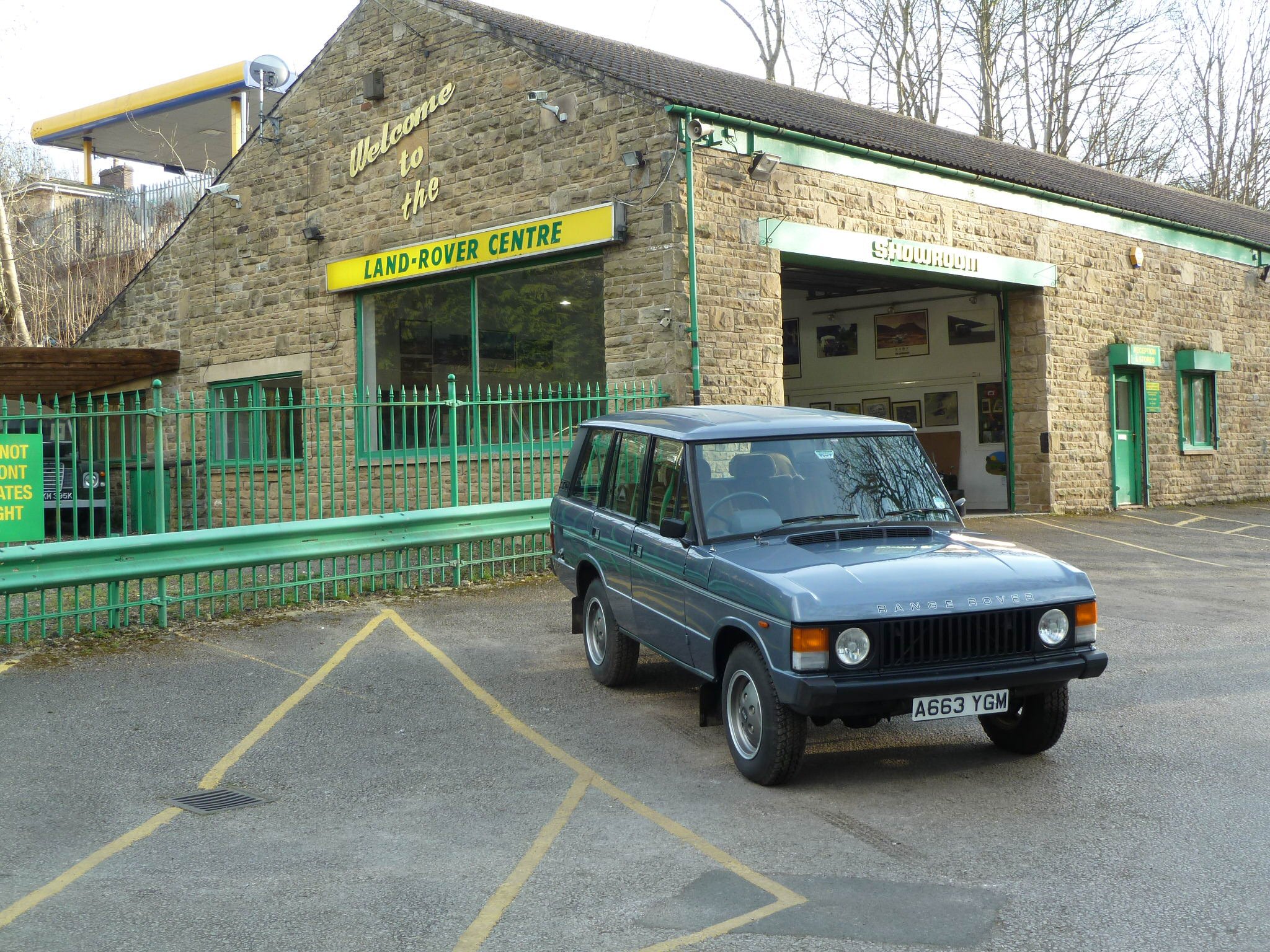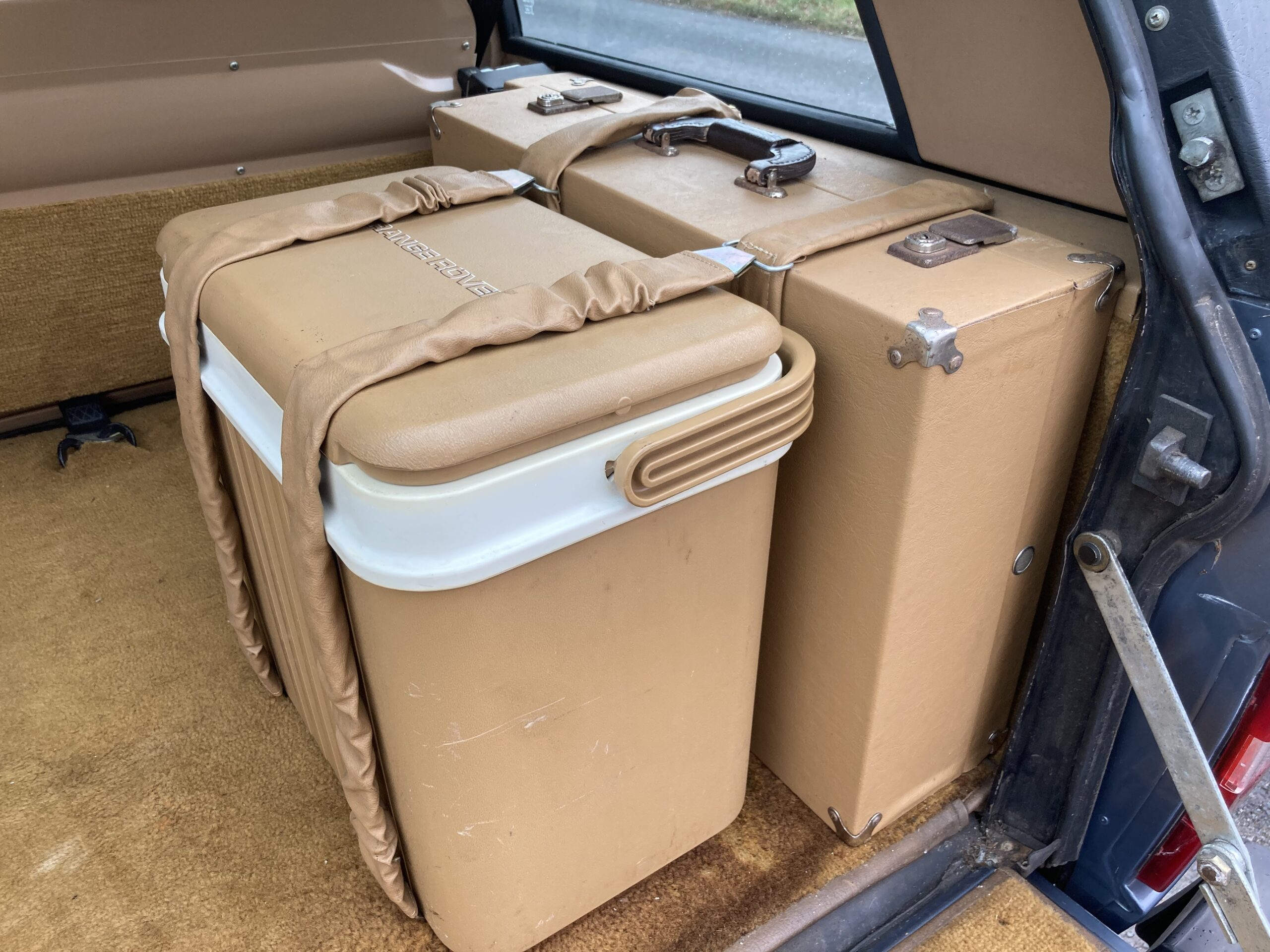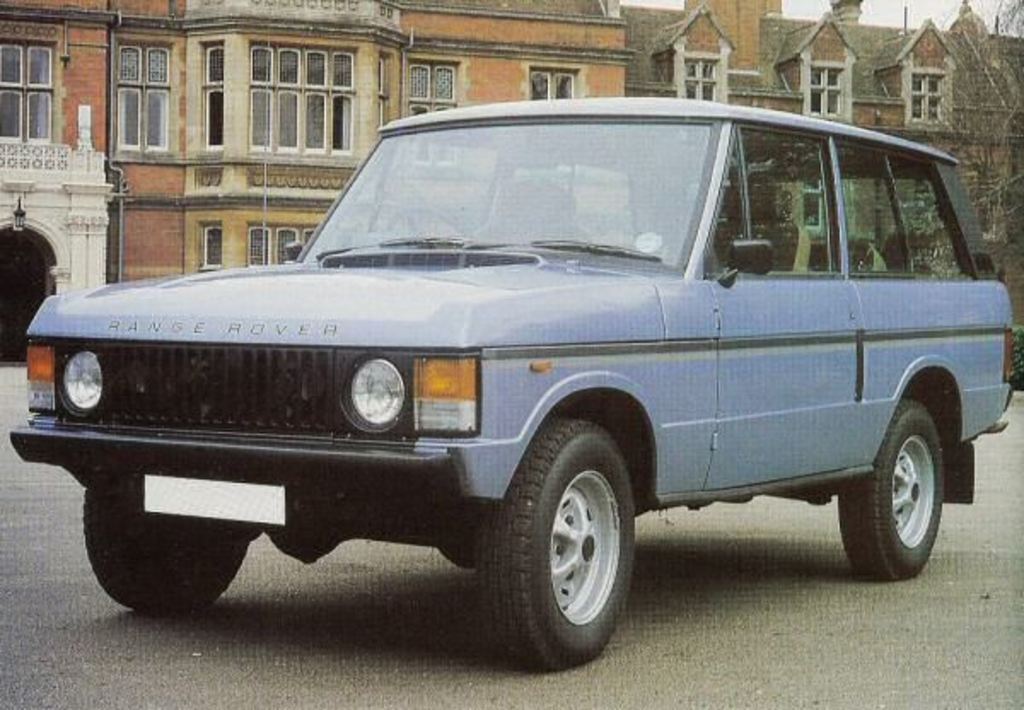Our Range Rover “In Vogue” has been purchased by Lee in Aberdeenshire.
We will be preparing the Range Rover over the coming weeks – ready for his planned collection in August
The name “Vogue” has become synonymous with “Luxury” on the Range Rover, but not many people realise the origins of the name and it’s association with Range Rover.
Back in the late 1970s, despite the UK being in the grip of a recession, it was a glorious time for any business involved in the bespoke conversions of the Range Rover for wealthy clients around the world.
If you had the money, it was possible to buy long wheel base conversions (Such as the Townley Range Rover mentioned in an earlier article on our page), 5 door models (Monteverdi) and even open top versions.
Land Rover as a company had been unable to capitalise on this situation, due to financial constraints and could only stand by and watch as others such as Wood and Pickett filled this lucrative gap in the market.
The situation began to change at the start of the 1980’s – following the reorganisation of British Leyland, and the level of autonomy that came with it.
The very first faltering steps towards a factory produced “Posh” Range Rover that we all know and love today were taken at the end of 1980.
Land Rover began a collaboration with Wood and Picket to design and build a specially equipped luxury 2 door model – A “toe in the water” exercise to gauge demand for such a model, and the possible upward expansion of the marque.
A prototype was rapidly built, and was then lent to Vogue magazine, who took it Biarritz and used it as the backdrop for photographs of the 1981 Lancôme and Jaeger fashion collection.
The response from potential clients was massive as they spotted the bespoke Range Rover in the magazine and wanted to know when they could get their hands on their own example.
Management was already prepared to fire up the production line as the orders came in and the “In Vogue” went on sale in February 1981 – A limited run of 1,000 vehicles were produced all of which were faithful recreations of the photo shoot car, with the exception of the special alloy wheels – although these would become an option for the Range Rover later in the year.
The project was such a success that the 1981 run of 1,000 Vogue Blue “In Vogue” models was followed up in 1982 with an unknown quantity of automatic “In Vogue” models – This time also available in Nevada Gold or Sierra Silver.
In 1983 a production run of 325 four door “In Vogue” models were released in Derwent Blue, and were promoted in conjunction with the Daks autumn fashion collection at Simpson’s of Picadilly.
A663 YGM is one of these 325 examples and has covered a mere 25,000 miles from new.
The full list of original “In Vogue” features is given as:
- Light blue metallic (Vogue Blue) paint with broad twin coachlines in two-tone grey
- High-compression (9.35:1) engine
- Transfer box with taller (0.996:1) high ratio
- Air conditioning
- Polished wooden door cappings
- Stowage box between front seats
- Map pockets on back of front seats
- Fully carpeted load area
- Carpet material for spare wheel cover and tool kit curtain
- Picnic hamper in rear loadspace
- Stainless steel tailgate capping
- Black centre caps for the wheels
(The 4 door model was also available in Nevada Gold or Sierra Silver, and featured a cool box as well as the picnic hamper)
The regular production Vogue model was launched in June 1984, and remained as the Range Rover “top of the line” luxury version for decades to come.
The age of the luxury SUV had well and truly arrived…

